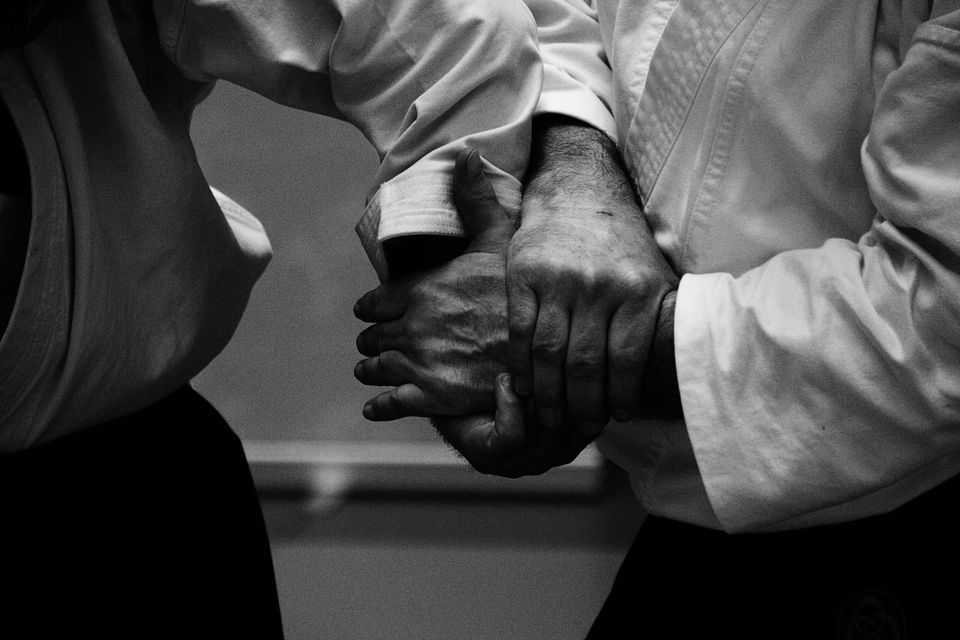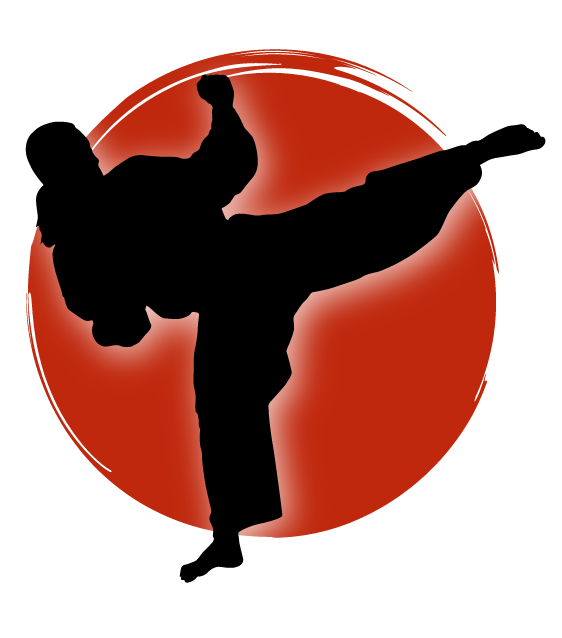
Aikijitsu
Samurai System Of Self Defense
8 Week session
$150 Mount Pleasant Residents
$180 non-residents
Ages 12 and up
Thursday 6:00-7:00 pm
Classes held at:
Park West Recreation Center
1251 Park W Blvd, Mt Pleasant, SC 29466
8 Week session
$150 Mount Pleasant Residents
$180 non-residents
Ages 12 and up
Thursday 6:00-7:00 pm
Classes held at:
Park West Recreation Center
1251 Park W Blvd, Mt Pleasant, SC 29466

James Houston started studying Aikijutsu in 1990 while at Radford University and has actively studied and taught the art since that time. His Sensei is Dr. Eric du Plessis, Professor and author of several books. Doctor du Plessis learned Daito Ryu Aikijutsu in his homeland of France and continued his studies in the United States adding Hakko Ryu Jujitsu to his system.
“Aiki-jūjutsu can be broken into three styles: jujutsu (hard); aiki no jutsu (soft); and the combined aikijujutsu (hard/soft). Modern Japanese jujutsu and aikido both originated in aikijujutsu, which emphasizes "an early neutralization of an attack".[9] Like other forms of jujutsu, it emphasizes throwing techniques and joint manipulations to effectively subdue or injure an attacker. Of particular importance is the timing of a defensive technique either to blend or to neutralize an attack's effectiveness and to use the force of the attacker's movement against him. Daitō-ryū is characterized by ample use of atemi, or the striking of vital areas, to set up jointlocking or throwing tactics.
Some of the art's striking methods employ the swinging of the outstretched arms to create power and to hit with the fists at deceptive angles, as may be observed in techniques such as the atemi that sets up gyaku ude-dori (reverse elbow lock). Tokimune Takeda regarded one of the unique characteristics of the art to be its preference for controlling a downed attacker's joints with one's knee to leave one's hands free to access weapons or to deal with the threat of other attackers.”
* Wikipedia
While Aikijujitsu shares some similarities with its better known cousin, Aikido, there are many differences. Aikijujitsu Utilizes four levels of conflict resolution whereas aikido tends to only focus on the first two levels. Level 1 being control of your opponents balance and energy. Level 2 uses pain compliance to pin or trap in opponent. Level 3 involves damaging the opponent. Level 4 utilizes techniques used on the ancient battlefield. Aikido is largely a pacifist martial arts and as such damaging techniques are rarely taught and if so taught as a measure of last resort. Aikijujitsu Finds its roots in the Japanese battlefield and as such, is a more utilitarian representation of technique.
“Aiki-jūjutsu can be broken into three styles: jujutsu (hard); aiki no jutsu (soft); and the combined aikijujutsu (hard/soft). Modern Japanese jujutsu and aikido both originated in aikijujutsu, which emphasizes "an early neutralization of an attack".[9] Like other forms of jujutsu, it emphasizes throwing techniques and joint manipulations to effectively subdue or injure an attacker. Of particular importance is the timing of a defensive technique either to blend or to neutralize an attack's effectiveness and to use the force of the attacker's movement against him. Daitō-ryū is characterized by ample use of atemi, or the striking of vital areas, to set up jointlocking or throwing tactics.
Some of the art's striking methods employ the swinging of the outstretched arms to create power and to hit with the fists at deceptive angles, as may be observed in techniques such as the atemi that sets up gyaku ude-dori (reverse elbow lock). Tokimune Takeda regarded one of the unique characteristics of the art to be its preference for controlling a downed attacker's joints with one's knee to leave one's hands free to access weapons or to deal with the threat of other attackers.”
* Wikipedia
While Aikijujitsu shares some similarities with its better known cousin, Aikido, there are many differences. Aikijujitsu Utilizes four levels of conflict resolution whereas aikido tends to only focus on the first two levels. Level 1 being control of your opponents balance and energy. Level 2 uses pain compliance to pin or trap in opponent. Level 3 involves damaging the opponent. Level 4 utilizes techniques used on the ancient battlefield. Aikido is largely a pacifist martial arts and as such damaging techniques are rarely taught and if so taught as a measure of last resort. Aikijujitsu Finds its roots in the Japanese battlefield and as such, is a more utilitarian representation of technique.


Aikijitsu
Samurai System Of Self Defense
